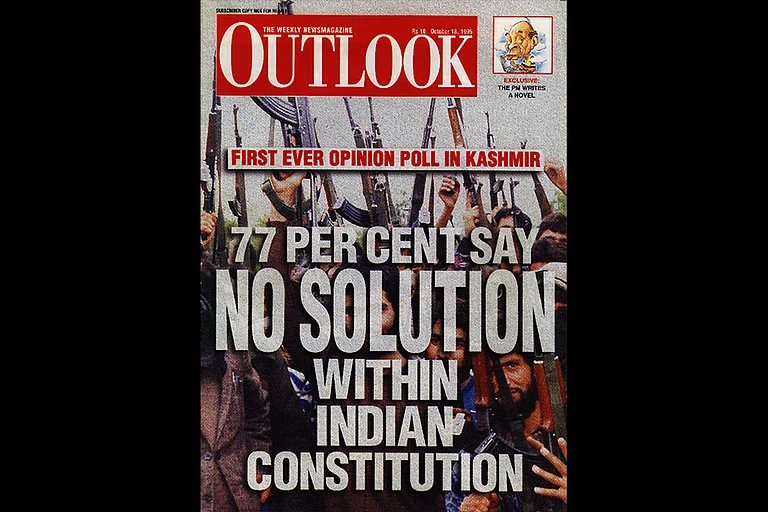Motherhood unquestionably is one of the most celebrated phases of a woman's life. From being the warmest relationship to being a full-time job and an identity, motherhood is inclusive of multiple facades. It is not only about a woman conceiving a child in her womb but goes beyond giving the child a life worth living.
Modern-day motherhood is breaking several stereotypes as women are more empowered today and are ready to take agency over the course of their lives. Women, thus perceive the concept of motherhood in several different and liberating ways. From planning a small family to the usage of contraceptives -- women have stood up for themselves, and proactively associated with the decision-making part.
According to the National Family and Health Survey Report-5 (NFHS-5) for the years 2019-21, the Total Fertility Rate (TFR) in India has plummeted from 2.2 to 2 at the national level between NFHS-4 and 5. According to the report, there are only five states in India which are above the replacement level of fertility of 2.1 which include Bihar (2.98), Meghalaya (2.91), Uttar Pradesh (2.35), Jharkhand (2.26) and Manipur (2.17).
What is the Total Fertility Rate?
Total Fertility Rate (TFR), in simple words, can be defined as the average number of children per woman at the end of her reproductive period. It is considered one of the primary parameters which provide a tentative measure of a woman's fertility. TFR also holds its importance in being the single most imperative factor in calculating the population growth of a country/state.
Why is it falling in India?
A fall in Total Fertility Rate (TFR) can be attributed to a number of factors. From using smart contraceptive methods, contemplating convenient family planning to enrolling to the government health and family welfare schemes - it can be a ramification of all the preventive measures taken by the modern-day citizens.
How increasing obesity is related to infertility?
In this era, where a lion's share of women's reproductive issues are stemming from lifestyle disorders, it is very widely known that obesity shares a very intricate nexus with infertility.
As per a National Center for Biotechnology Information (NCBI) report, menstrual dysfunction and anovulation (lack of ovulation) are more common in overweight and obese women. Moreover, they are also more susceptible to subfecundity and infertility. Conception rates, miscarriage rates, and pregnancy complications are increased in these women.
According to the NFHS-5 report, "At the national level, obesity increases from 21 per cent to 24 per cent among women and 19 per cent to 23 per cent among men. More than a third of women in Kerala, Andaman and Nicobar Islands, Andhra Pradesh, Goa, Sikkim, Manipur, Delhi, Tamil Nadu, Puducherry, Punjab, Chandigarh and Lakshadweep (34-46 per cent) are overweight or obese,"
What do modern women want in terms of having a 'family'?
In a country like India, where motherhood has been almost synonymous with womanhood for centuries and any deviation from this preordained narrative only led to social taboo and criticism, women nowadays are contemplating the alternatives as well. Having a kid is no more a matter of compulsion to many of them. Empowerment, education and financial independence are giving them the liberty to consider motherhood as an option.
Usage of contraceptives
According to the NFHS-5 report, the overall Contraceptive Prevalence Rate (CPR) has increased substantially from 54 per cent to 67 per cent in the country. The use of modern methods of contraceptives has also increased in most states and UTs.
The data showed that women who are employed are more likely to use modern contraception as 66.3 per cent of them use a modern contraceptive method, compared with 53.4 per cent of women who are not employed.
The data showed that knowledge of contraceptive methods is almost universal in India -- more than 99 per cent of currently married women and men aged between 15 and 49 know at least one modern method of contraception.
The NFHS-5 (2019-21) report comprises detailed information on key domains of population, health and family welfare and associated domains like characteristics of the population, fertility, family planning, infant and child mortality, maternal and child health, nutrition and anaemia, morbidity and healthcare and women's empowerment.
(With agency inputs)



























